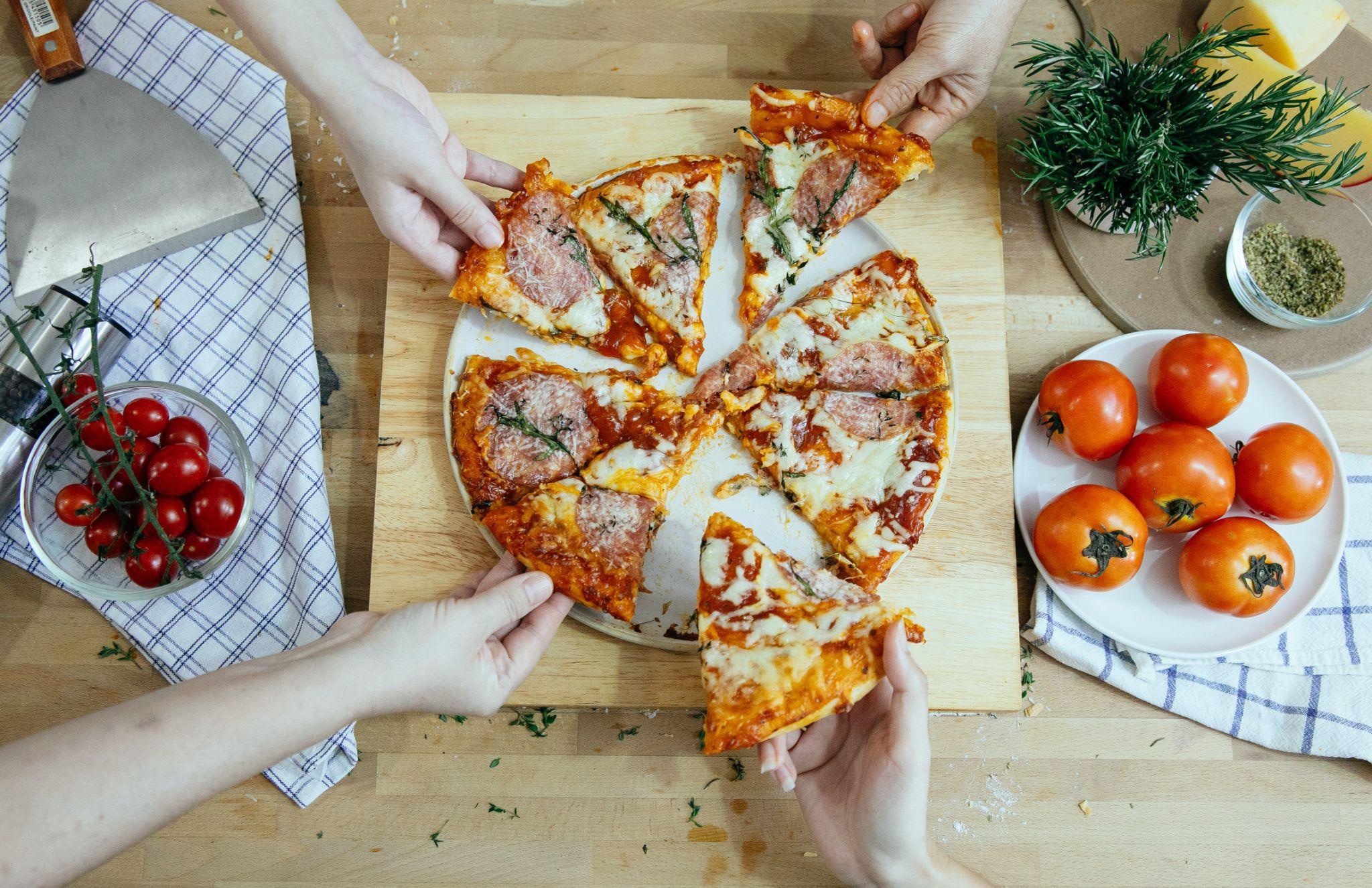Table Of Contents
If you want to buy meat that’s high quality, and not processed, then it can be quite daunting knowing where to start. You might not know what kind of cut you want, or you may feel intimidated by a butcher bombarding you with questions you don’t know the answer to.
We’ve created a short guide for what you should keep in mind when shopping for meat, to make sure you get the high quality meat you deserve.
Order From A Good Source
While your local supermarket may have expensive cuts of meat in the aisles, your best bet for buying good meat is by talking to the butcher themselves or going to a Fresh Meat Shopping Market. They will know the best cuts of meat for the meal you want to cook, and will be able to answer any questions you may have about the meat itself. Don’t be shy about asking them questions, that’s what they’re there for, and they’re bound to know the answers!
If you don’t have a butcher locally, then perhaps consider opting for one of the great online butchers now out there on the Internet. There are plenty of vendors online selling great cuts of meat that’ll deliver directly to your door. Many source meat from small, ethical farms where the animals are reared with care and the meat is prepared with love.
Learn the Lingo
If you do order from a butcher, understanding their terminology is crucial to making sure you get what you want. A good starting point is asking your butcher to “bone”, or remove the bones, from your meat. Other terms including “trimming”, or removing the fat, “trussing”, or tying the meat into a smaller shape for transport, and “cubing”, or pounding the meat with a tenderiser.
Bear in mind that if you ask your butcher to do any of these things, you’ll have to be patient, as preparing the meat in these ways can take time!
Recognise the Cuts
Another good thing to learn when buying from a butcher is the different cuts of beef, as this will give you a confidence boost that you know what you’re looking for.
The most recognisable cuts of beef are rib, loin, round, and short plate. These also have secondary cuts such as ribeye and mignon. It’s a good idea to research all of these and check the recommended cut if you’re going by a recipe, before you go shopping so you’re prepared.
Learn How a Good Cut Looks
Not all cuts of meat are equal, so it’s important that you recognise what makes a good cut to avoid disappointment.
Take beef for example; it should always be red in colour, and if it’s more brown then that signifies that it is starting to decay. Try to buy meat joints that aren’t too fatty as well.
With all cuts of meat, make sure they have been kept cold whilst in storage. If you can, try to keep it cool whilst travelling home, and put it in the fridge or freezer as soon as you get home. However, you will want to return the meat to room temperature before cooking to get the very best out of it.
Set a Budget
Going to a butcher to buy your meat does have one downside; they can be a little more expensive than the supermarket. It’s a good idea to set yourself a budget that works for you, and don’t be tempted into buying something you can’t really afford. It’s likely that you’ll still be able to find something that’s much higher quality than on a supermarket shelf even on a shoestring.
That being said, if you’re going by a recipe, then try to get a cut that compliments what you’re cooking. This might mean you pay slightly more, but as long as this is done within reason, it’s well worth spending a little bit more to get a cut that suits the occasion. Think value over cost!





